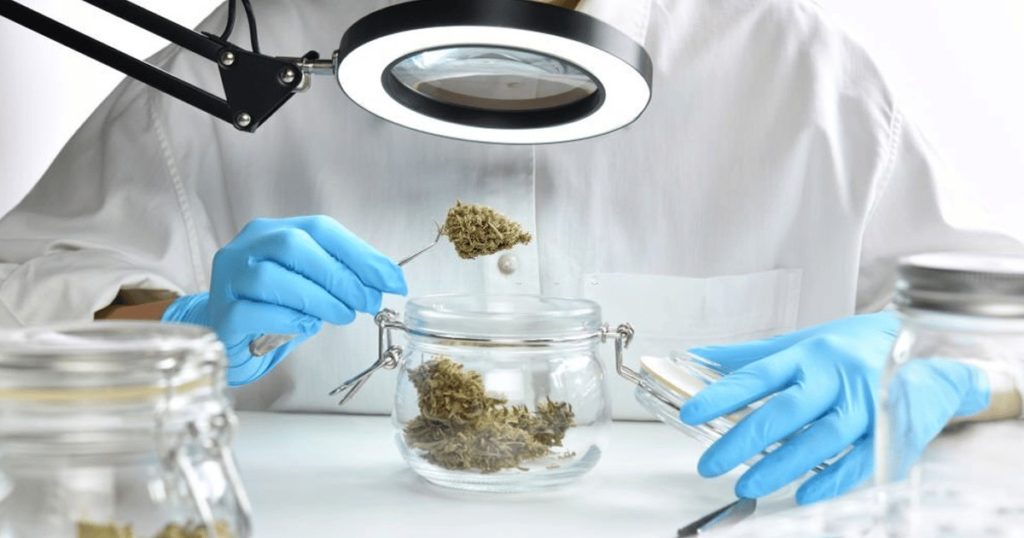It’s no secret marijuana is a popular drug, but the potency of cannabis products available in the U.S. has soared in recent years.
In Colorado, for example, THC content in flower and concentrate products has increased by 212% since the 1990s.
Some industry officials blame private cannabis testing laboratories for this trend. They claim some labs are incentivized to report high THC results because they get paid more by growers when their samples reveal high levels of the psychoactive cannabinoid.
These labs also face little oversight from state regulators, who don’t check their work or ensure that they follow industry standards. That means consumers have no way of knowing whether lab results are reliable or not.
Are THC Levels Actually Rising?
If you’ve been anywhere near a news story about marijuana in the past few years, you may have noticed THC levels have been creeping up and up. But what does this mean for consumers?
While marijuana is increasingly being used as a medicine, there’s no regulation of how much THC should be in each product—and some companies may be inflating their THC claims.
“On the lab side, inflated potency results that are not accurate are happening everywhere,” said Jill Ellsworth, founder and CEO of Denver-based Willow Industries, which provides marijuana and hemp decontamination technology.
The truth is there’s no real regulation over testing methods or results. This means that you can’t really trust the numbers on your label—and with no government oversight on accuracy or consistency, you literally don’t know what you’re getting when you buy something labeled ‘potent’ or ‘high-THC.’”
In fact, some experts say this is just marketing at work—a way for companies to sell more product by making their products seem more desirable than competitors’.
But even if that’s true, there are still serious concerns surrounding higher potencies as well as other factors like terpenes and additives that are affecting our bodies’ responses to weed—and scientists warn they could lead to addiction

The Dangers Of Potency Inflation
Companies are inflating their potency claims to give customers what they want—stronger cannabis.
In July, Steep Hill Arkansas was included in a class action lawsuit filed by three medical marijuana patients alleging the lab “intentionally inflates the amount of THC in its customer’s flower” on behalf of at least three growers also named as defendants.
Another player in the industry, Myron Ronay, CEO of BelCosta Labs had his staff buy flowers labeled at 37% THC, then go back to the lab and test it. It tested at 17%.
In the current climate of deregulation, without regulations surrounding the lab testing of marijuana products and the potency claims they can make, it’s easy for companies to take advantage of consumers’ desire for stronger cannabis by claiming whatever percentage they want.
While the industry is full of opinions on the causes, there’s one thing everyone agrees on: it’s hard to stop potency inflation once it starts.
“No one knows where it begins and ends, but a lot of it is the consumers who want what they think is very potent cannabis,” said Lev Spivak-Bindorf, co-founder and chief science officer for Ann Arbor, Michigan, cannabis testing laboratory PSI Labs.
Even calling the marijuana “potent” because it has a high THC number is silly, according to Spivak-Bindorf.

Potency inflation is a problem in the weed industry. When you buy a product marketed as having 25% THC, it may only have 20% or less. This can be dangerous for consumers because they may not be getting the high they think they are, and it can also lead to overconsumption, which can leave consumers with a bad experience and health problems.
The best solution to this problem is state-run labs that act as a third-party reviewer of cannabis products. The lab would test all products before they’re sold, so consumers would know how much THC is really being delivered by each product. This could also help cannabis companies market their products more accurately—for example, if a company knows their strain has 20% THC content but wants to market it as having 25%, the lab could tell them not to do it.
Another solution is consumer education: if consumers knew how much THC was actually present in their weed, they’d be less likely to purchase products that weren’t delivering on what they advertised. Finally, people should always keep in mind that marijuana rarely has more than 25% THC content — anything marked above that is likely just marketing.
Enjoyed that first hit? Come chill with us every week at the Friday Sesh for a freshly packed bowl of the week’s best cannabis news!
















